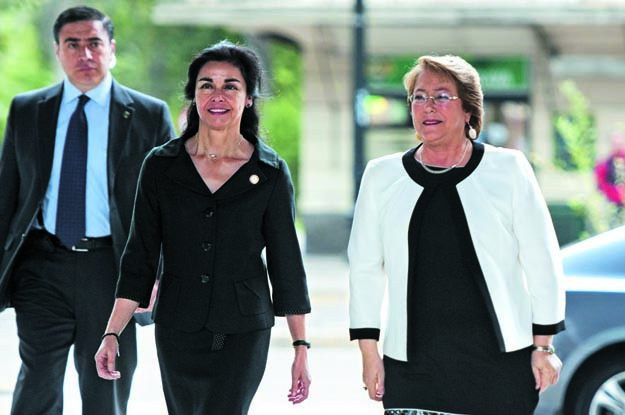Since the creation of the Pacific Alliance in April 2011, observers have often compared it to the older Mercosur (Southern Common Market). In a January 2014 Wall Street Journal article, David Luhnow likened the two trade blocs to “two Latin Americas”—one (Mercosur) comprising state-oriented countries and the other (the Pacific Alliance) characterized by an affinity for the free market.1
André Loes, HSBC’s chief economist for Latin America, sharpened the comparison. Loes described the members of Mercosur—formed in 1991 by Argentina, Brazil, Paraguay, and Uruguay (Venezuela joined in 2012 and Bolivia is currently negotiating its accession)—as “Atlantic Walkers.”
In contrast, the Pacific Alliance nations of Chile, Colombia, Mexico, and Peru are “Pacific Runners”—a testimony to those countries’ more dynamic and competitive markets, which have made them magnets for foreign investment.2
The differences between the two blocs were accentuated during the “commodities supercycle”3 that began in the late 1990s,4 when more open economies that exported raw materials linked to infrastructure (such as ferroalloys, copper and coal) outperformed other countries in the region, largely on the back of Chinese demand.5
But now that the commodities boom is waning, countries in both blocs—with the exception of Mexico, which is benefiting from an economic rebound in the U.S.—are experiencing low economic growth rates.6 According to the World Bank’s latest semiannual report, the region is expected to grow at around 1 percent in 2015, the slowest rate so far in the twenty-first century.7
Given this bleak backdrop, Mercosur’s members (with the exception of Argentina and Venezuela) and the Pacific Alliance countries are now actually converging in terms of policies. For example, Brazil, under the leadership of Finance Minister Joaquim Levy, is considering austerity measures,8 and Uruguay is pushing for “open regionalism,” which would enable Mercosur members to have bilateral agreements with other countries or other blocs outside the region.9 Mercosur also recently proposed accelerating negotiations that started in 1999 for a free trade agreement with the European Union.10
Meanwhile, integration efforts between the Pacific Alliance and Mercosur countries are being spearheaded by Chile. For example, a proposal sponsored by President Michelle Bachelet that would include greater employment mobility and facilities for issuing electronic certificates of origin11 is currently being reviewed by both blocs.12
The rapprochement calls to mind a comment by the late Eduardo Galeano, who wrote in The Open Veins of Latin America, “Development is a voyage with more shipwrecks than navigators.”
Now that the economic tide is receding in the region, a new working relationship between the two blocs could avoid the shipwrecks of the past.





